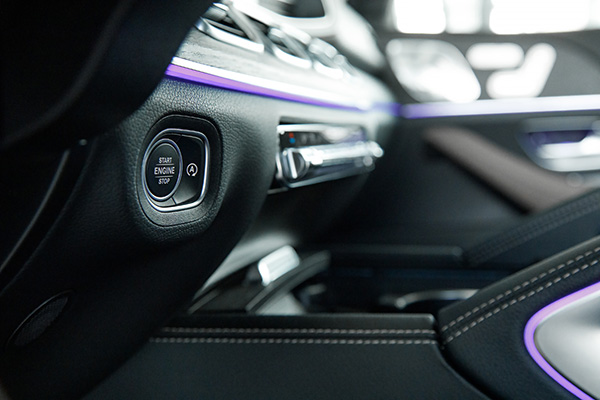
Have you ever been at a red light, watching the seconds tick by, and wondered if there's a way to save fuel during all that idle time? This is where the car's start-stop technology comes in - it's a modern innovation designed to enhance fuel efficiency and reduce emissions. But how exactly does this technology work, and is it as beneficial as it sounds?
Start-Stop Technology
Car start-stop technology is a system that automatically shuts off the engine when the vehicle comes to a complete stop and restarts it when the driver presses the accelerator or releases the brake. It's a seamless process designed to save fuel and reduce emissions without compromising performance. The idea is simple - why let the engine run when you're not moving?
The Mechanics Behind the Technology
At its core, start-stop technology relies on several key components working together. These include an enhanced starter motor, a robust battery, and various sensors that monitor the car's status. Here's how it all comes together:
Enhanced Starter Motor
Unlike traditional starter motors, the one in a start-stop system is built to handle frequent starting and stopping. It's more durable and can engage quickly and quietly.
Robust Battery
Since the car will be starting and stopping frequently, the battery needs to be powerful and resilient. Start-stop systems often use absorbent glass mat (AGM) batteries, which are more durable and have a higher charge capacity than conventional lead-acid batteries.
Sensors and Control Units
These components monitor the car's speed, battery charge, engine temperature, and other vital parameters. When the vehicle stops, and conditions are right, the control unit sends a signal to shut off the engine. When the driver is ready to move again, the control unit signals the starter motor to restart the engine.
Benefits of Start-Stop Technology
The most significant advantage of start-stop technology is its potential to save fuel. By shutting off the engine during idle times, the system can significantly reduce fuel consumption, especially in urban driving conditions with frequent stops. It helps lower carbon dioxide (CO2) emissions, contributing to a cleaner environment.
From a financial perspective, the fuel savings can add up over time, making start-stop technology an attractive feature for cost-conscious drivers. Moreover, it aligns with increasingly stringent emission regulations, helping car manufacturers meet environmental standards.
Potential Drawbacks and Considerations
While start-stop technology offers several benefits, it's not without its drawbacks. One concern is the increased wear and tear on the starter motor and battery due to the frequent starting and stopping. However, advancements in technology have led to more durable components that can withstand the demands of start-stop systems.
Another consideration is the potential for driver discomfort. Some drivers may find the constant starting and stopping to be jarring, particularly if the system is not as smooth as they'd like. However, many modern systems are designed to operate quietly and seamlessly, minimizing disruption.
Is It Worth It?
Whether start-stop technology is worth it depends on your driving habits and priorities. If you do a lot of city driving with frequent stops, the fuel savings and reduced emissions could be significant. On the other hand, if you primarily drive on highways with minimal stopping, the benefits might be less noticeable.
Want to make your vehicle more eco-friendly? Contact Cottman of Waldorf to learn more about start-stop systems and other green technologies!